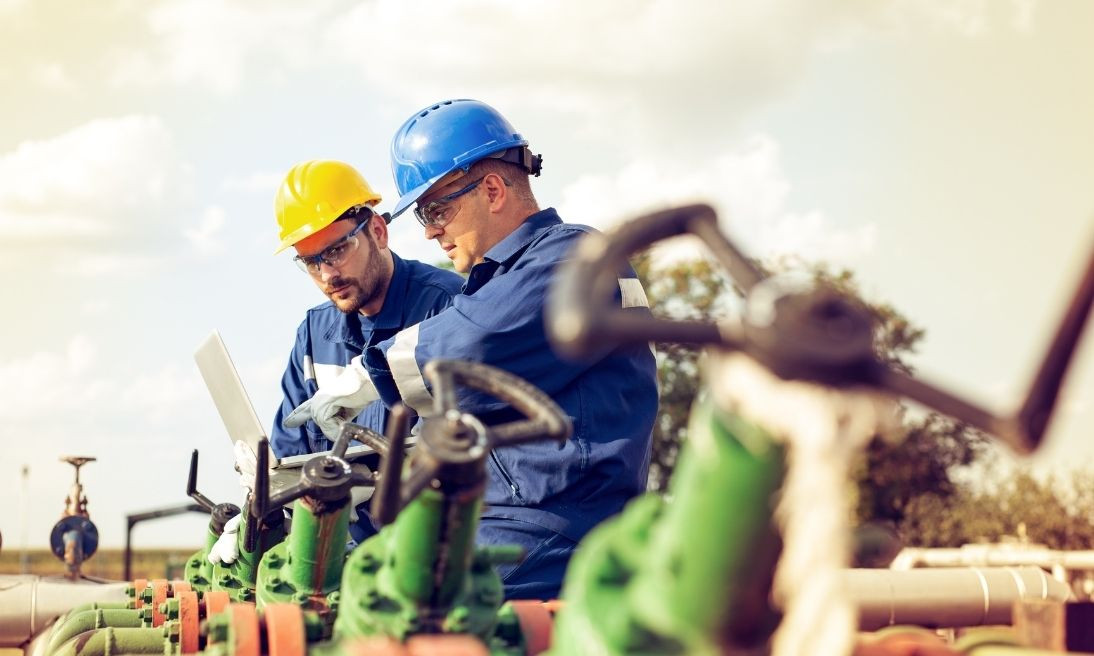A Guide To EPA Protocol Gases and Their Requirements
The Environmental Protection Agency is responsible for ensuring consistent and sustainable measures in many industries, especially when it comes to calibration gases. Manufacturers must abide by EPA protocol gas standards, so it is critical for everyone involved to understand how they work. Here is a guide to EPA protocol gases and their requirements.
What Is an EPA Protocol Gas?
An EPA protocol gas is a gas that meets environmental gas standards for safety and sustainability. As its name implies, the EPA regulates all private and public activities that impact the atmosphere's health. Industries that emit gases during manufacturing are of particular note to the EPA, such as the automotive, energy, and utility markets. In order for many of these businesses to manufacture their products, they must utilize gas-related equipment. EPA protocol gas standards keep these machines running smoothly, accurately, and sustainably.
What Are the Central Requirements?
An EPA protocol gas is a kind of calibration gas, so it should technically also be a zero gas. This designation means that technicians craft these gases to be undetectable, hence the name "zero gas." As such, EPA protocol gases help calibrate air pollution monitors, ensuring reliable data. Apart from being an unnoticeable zero gas, EPA protocol gases must also be environmentally friendly. The EPA regulates harmful gases and ensures their proper use in industrial settings. EPA protocol gases are the result of coordinated efforts between government agencies and the private sector, all striving for gas accuracy and stability.
How Are They Used?
EPA protocol gas standards reduce the risk and presence of errors in statistical analysis. As such, EPA protocol gases are perfect for accuracy tests and audits. For example, if your facility features large volumes of gas flowing through smokestacks, you may need stack monitor calibration. Flue gases billow into the atmosphere, so the EPA needs to understand the exact nature of the gases flowing through the channel.
With this guide to EPA protocol gases and their requirements, you can make the right decisions for your needs. If you have any questions about EPA protocol gas or calibration gases in general, reach out to our team at Mesa Gas today for more information.

